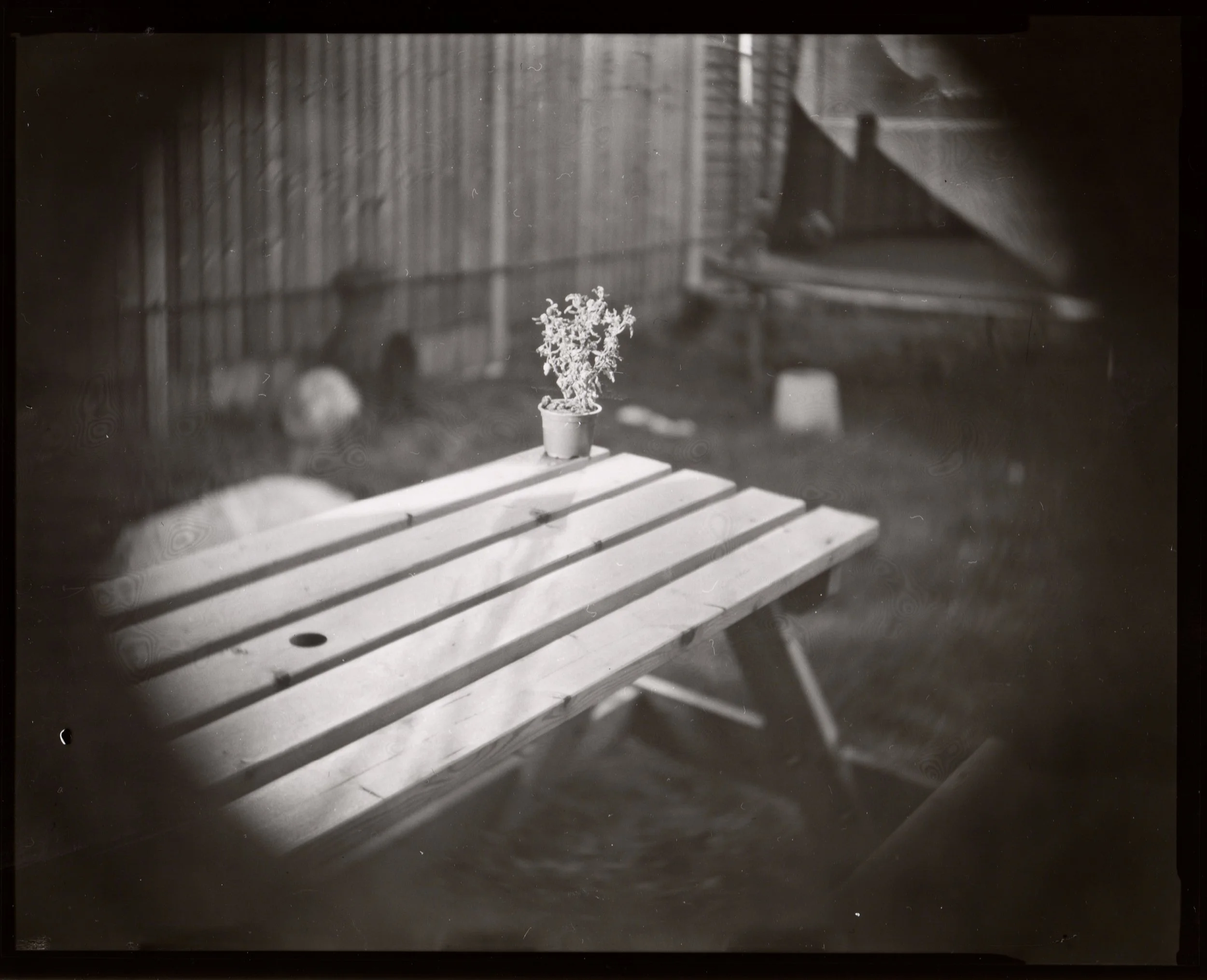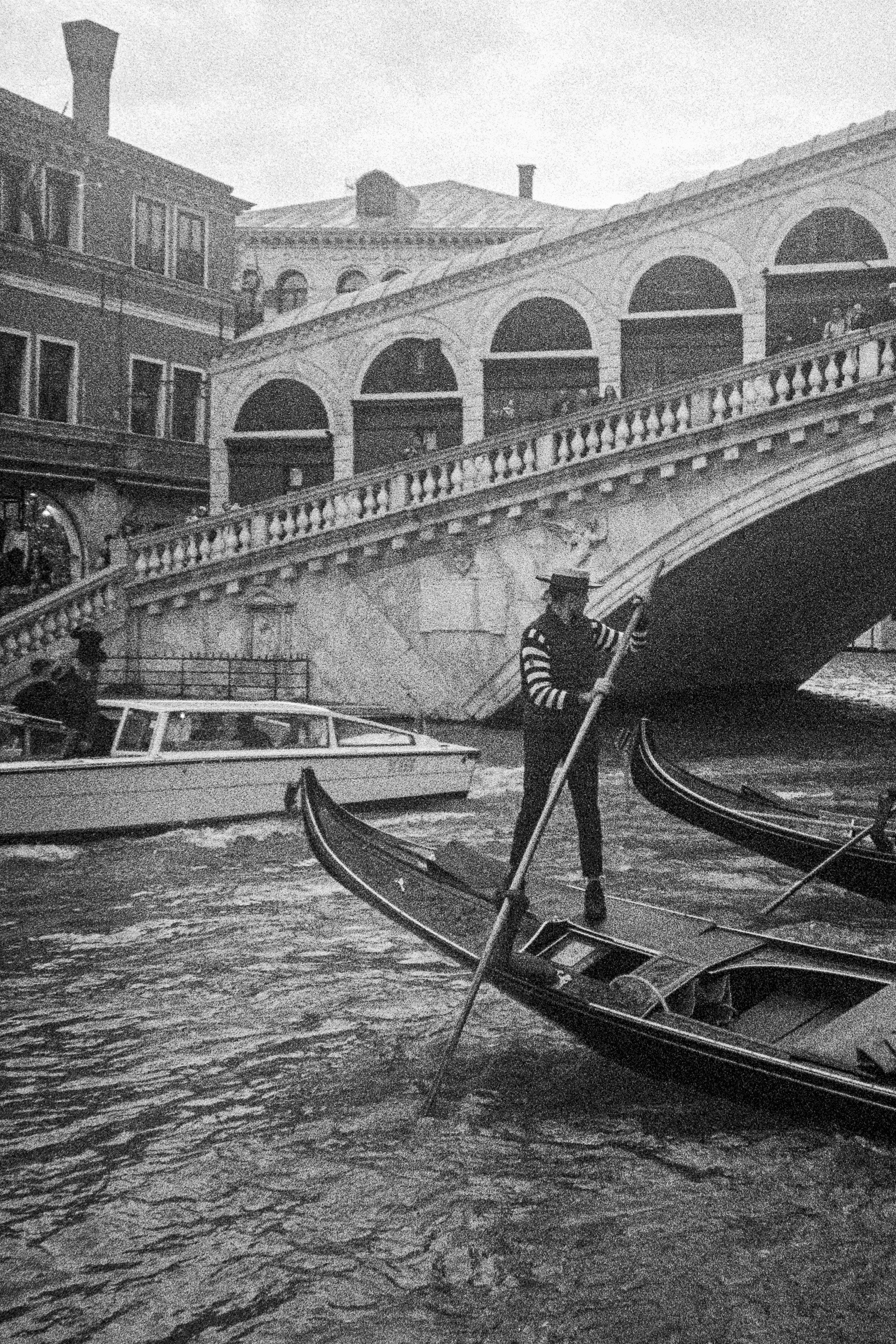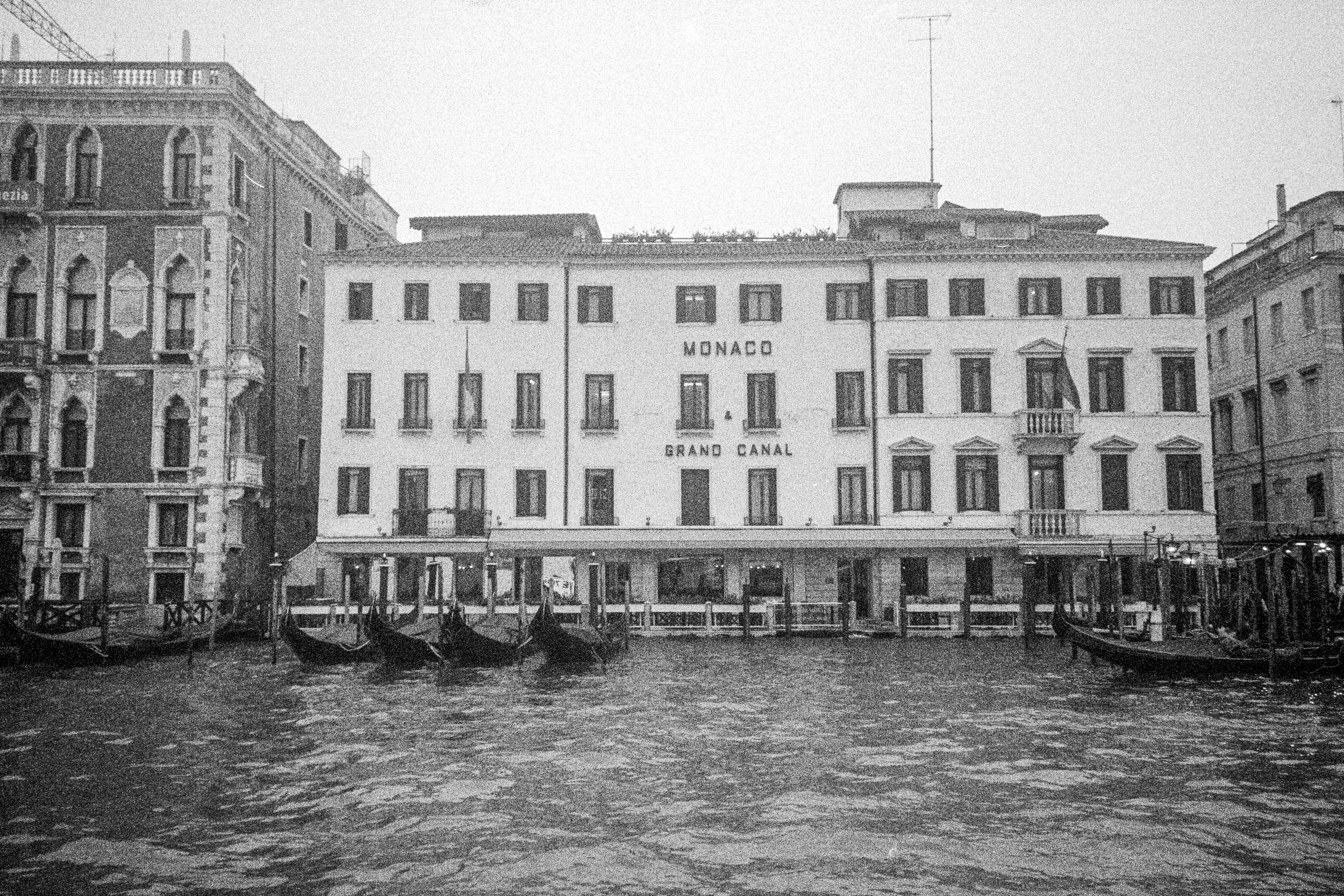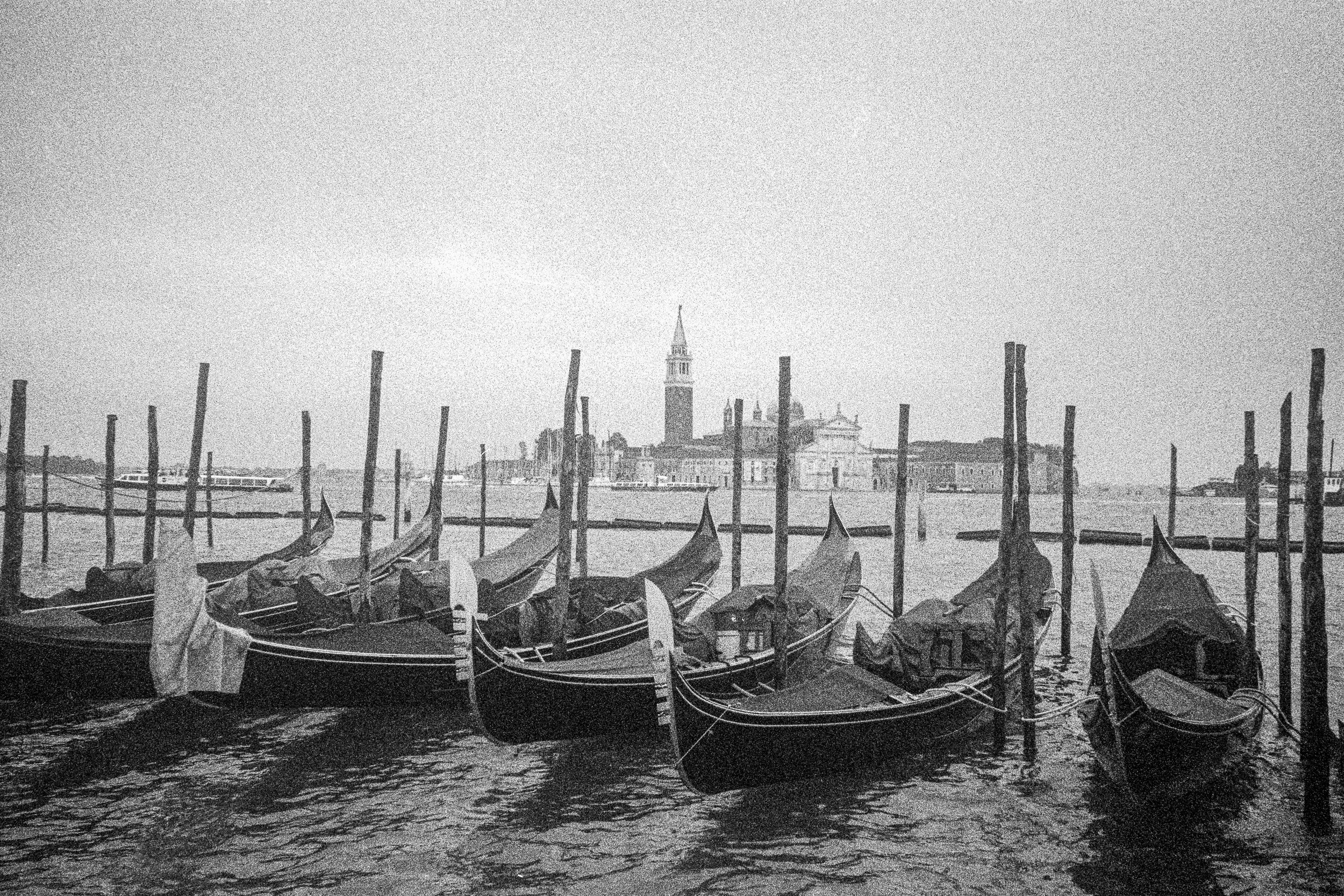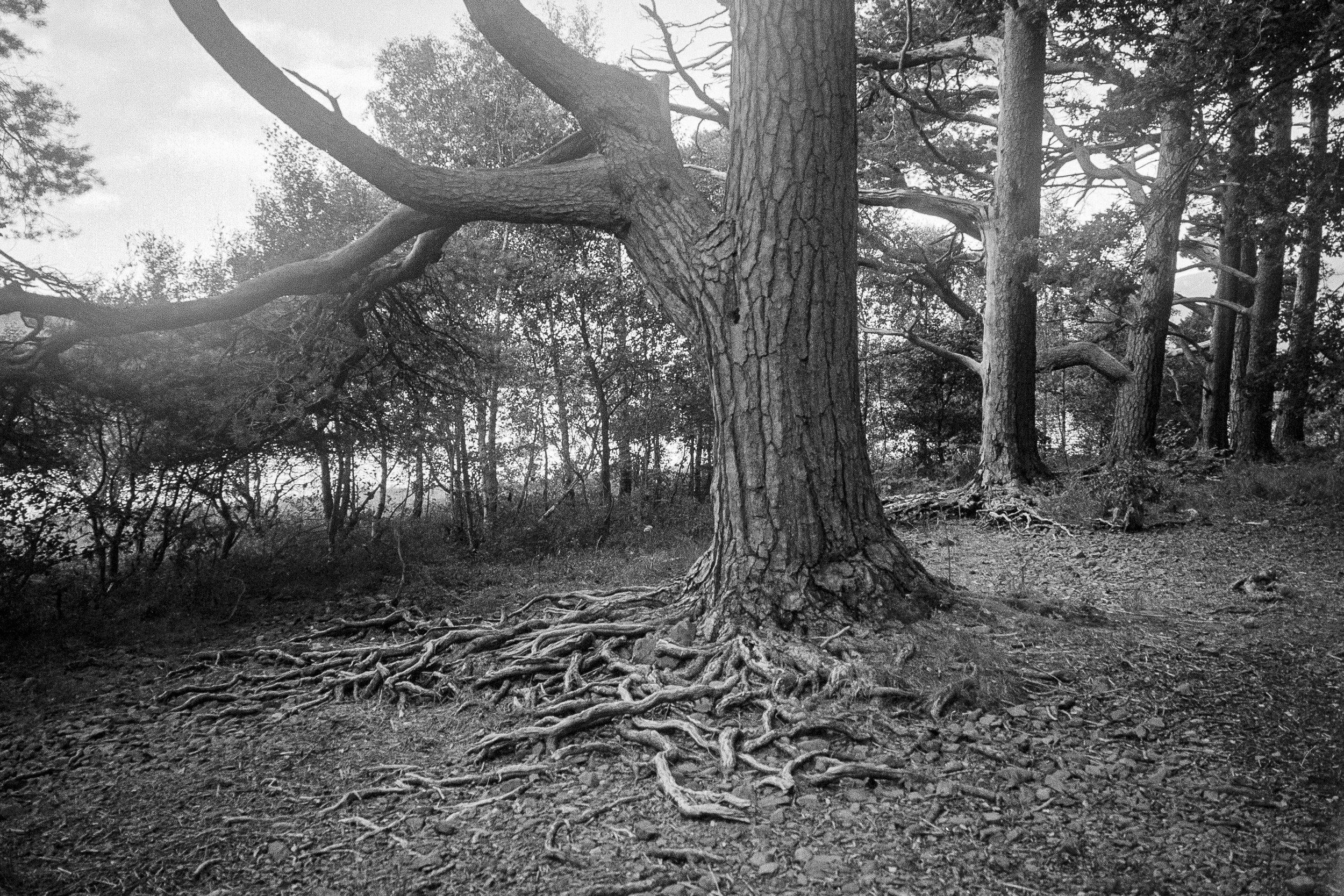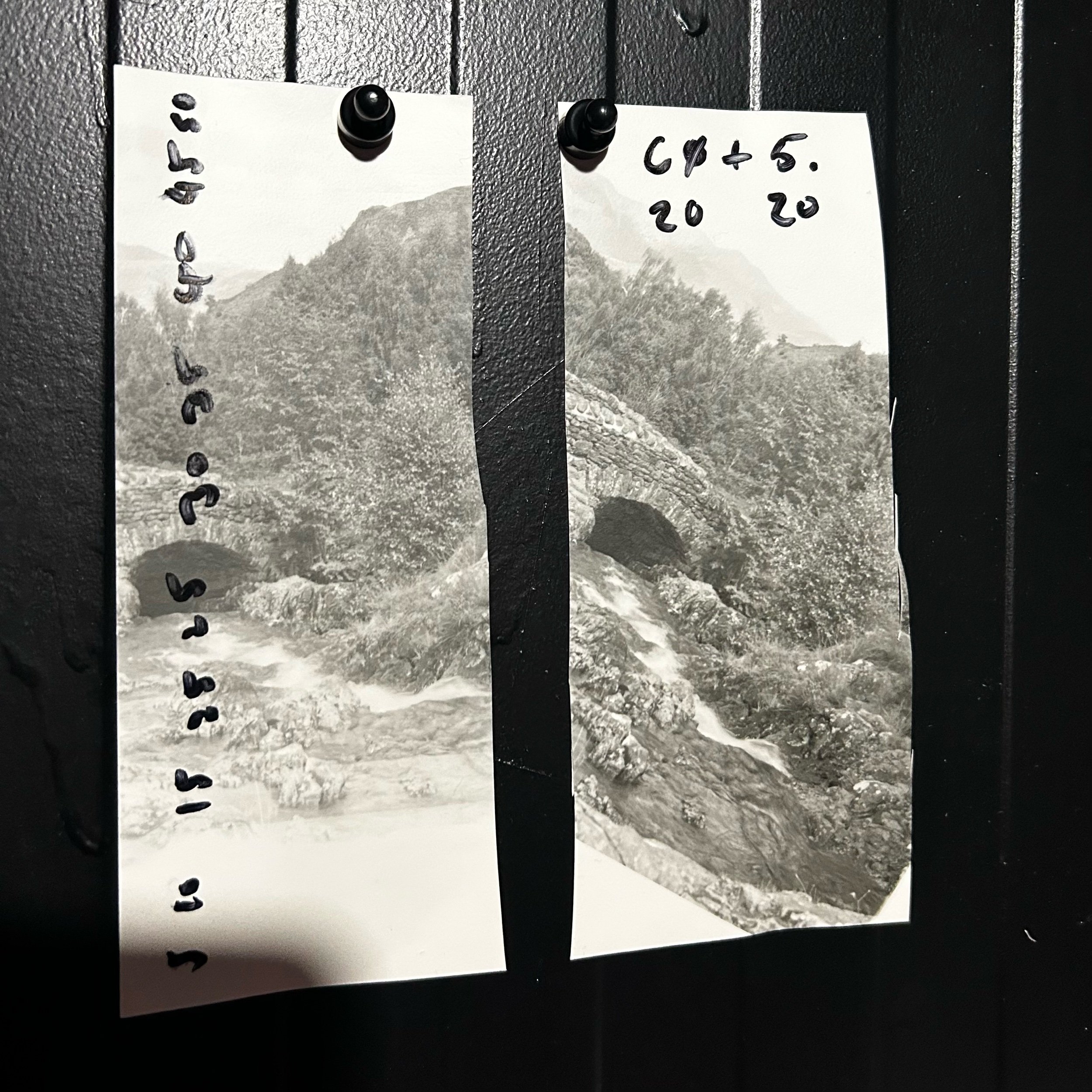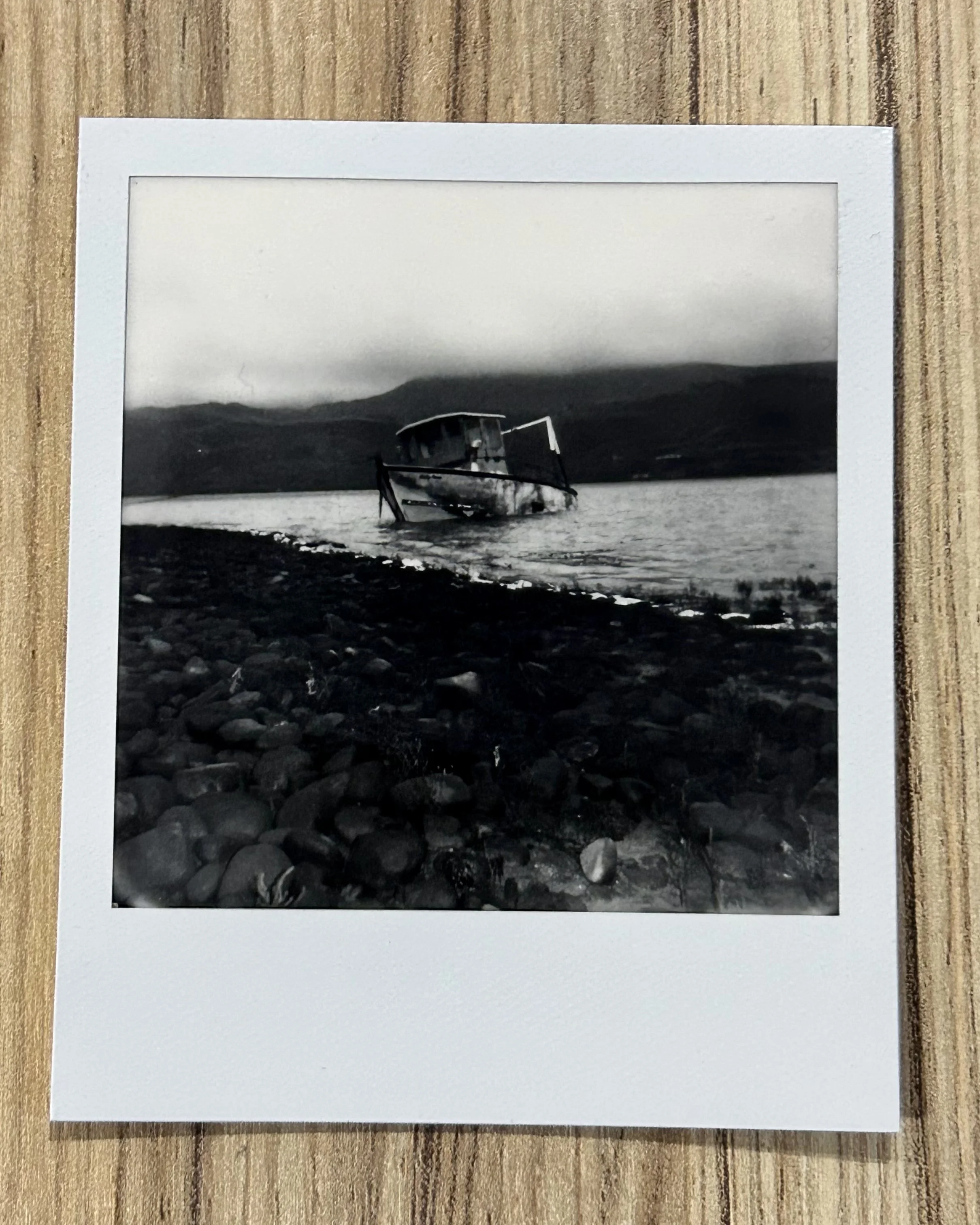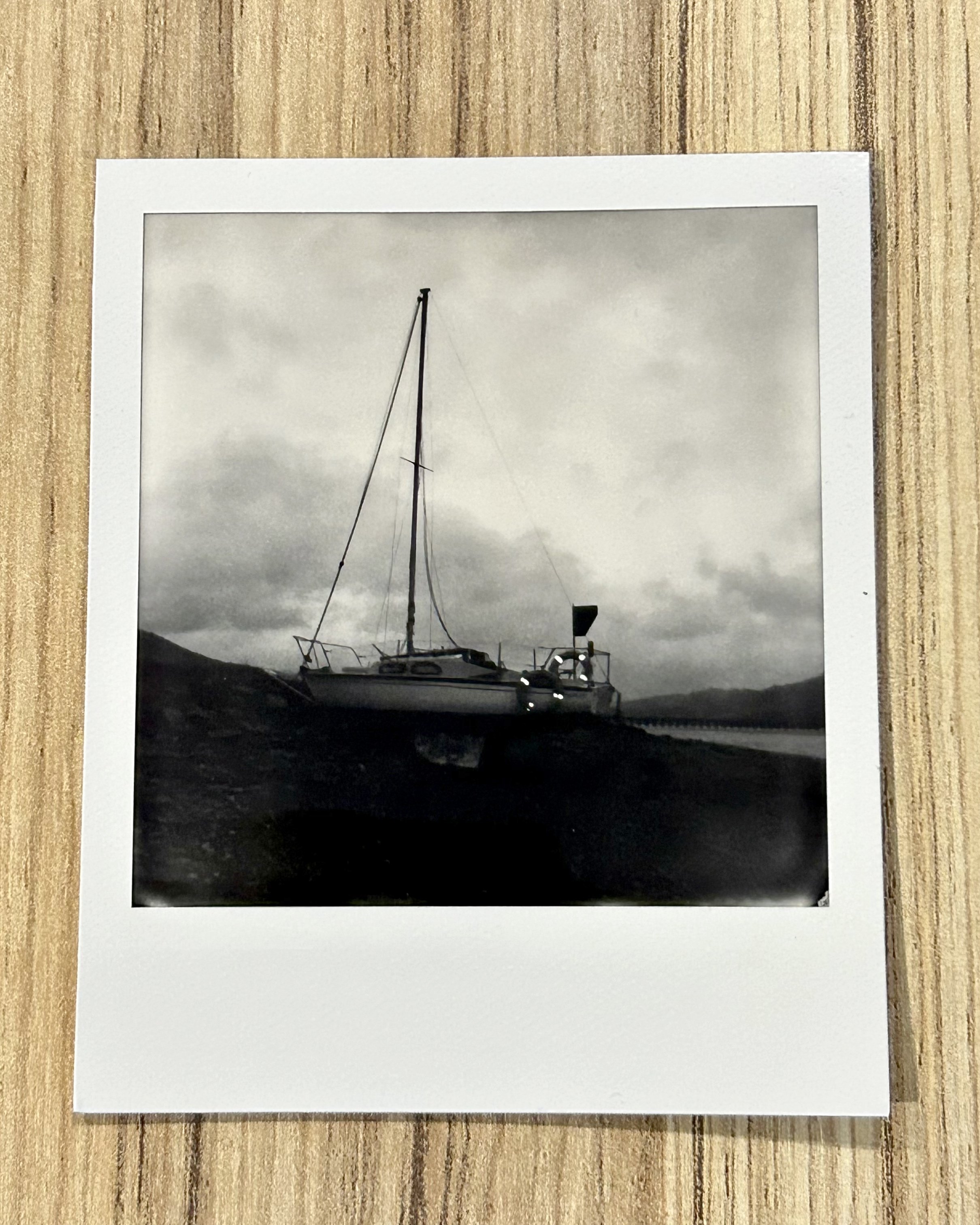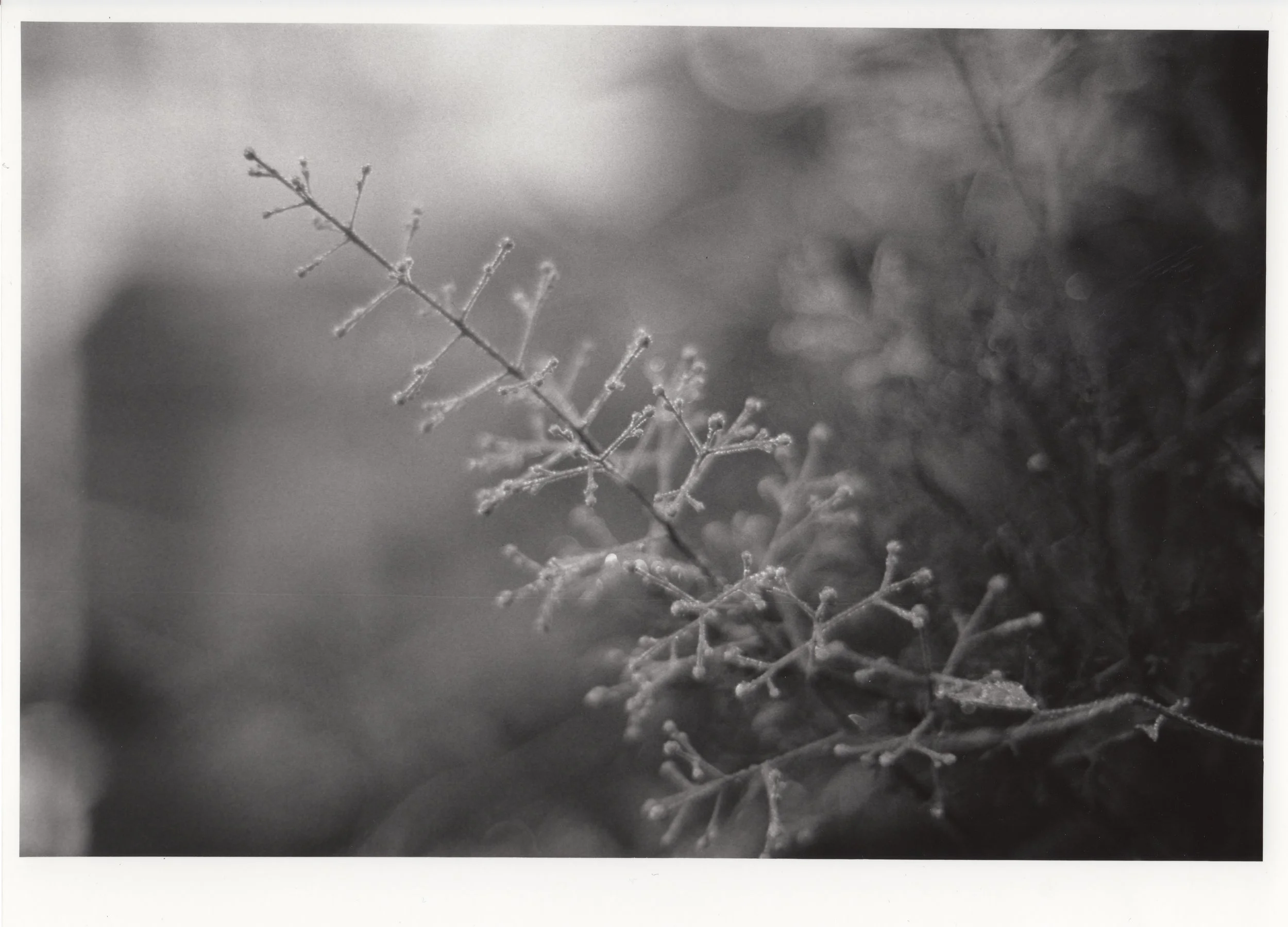Discovering a Treasure:
it's not every day that you come across a piece of history that you can actually use. That's what happened when I stumbled upon an Antique Brass Auzouz & Bauz 5" f3.2 French Petzval lens from the 1850s. This lens is more than just a tool; it's like a relic from tomb raider. Holding it, you feel the weight of history - its brass body tells stories of photographic expeditions from over a century ago. I can’t help but wonder what images it has captured though its glass over the years!
The Modification Journey:
Adapting this vintage masterpiece to my modern Intrepid 4x5 camera was an adventure in itself. The task involved some DIY skills, specifically modifying a copal 3 lens board. Picture this: me, at my desk, surrounded by clamps and knives, with gorilla glue at the ready. It was not delicate operation, there may have been some choice words. But, I managed to frankenstein the old with the new, and after some trial and error, the lens was securely attached and ready for action - no selotape or elastic bands required!
Feline Photography Fumbles:
My first subject was, naturally, my cat. Cats and cameras have a long-standing relationship, However, this was no ordinary photography session. I had to creep up on the snoozing fat kitty, tripod ready, with film sheets loaded and hat in hand - The lack of a shutter on the lens and the need for slow exposure turned this into a game of patience and timing. The results were overexposed and full of motion blur. Perhaps using Harman Direct Positives didn't make things any easier! – not quite what I was aiming for, but certainly a memorable experience!
Garden Shoot Success:
Next, I ventured outdoors, choosing a dying potted plant on a frozen picnic bench as my subject. a shaft of sunlight starting to hit the plant and corner of the bench. This time I armed myself with Ilford80 film, hoping for a bit more latitude and forgiveness with the exposure. There was still a battle with focal distance and vignetting, but all in all, a significant improvement on my first cat-astrophe. I felt like a wizard, experimenting with black magic, trying to coax the best out of this old lens.
Lens Face-Off:
Intrigued by the differences, I took a similar composition with my 210mm lens, wide open at f5.6. The comparison was fascinating – the modern lens brought me closer, capturing finer details, a cleaner image and a stark contrast to the dreamy quality of the Petzval lens with its swirly bokeh (that is just about visible). Both had their charms, but it was like comparing night and day.
Developing:
Developing these shots in 510Pyro for 9 minutes and getting resulting images was fantastic. I had serious doubts that my makeshift shutter timing was anywhere near 1/60. So to see good negatives was a hug relif and confirmation that my process was working. I even remembered to prewash the film, to remove the anti halation layer which stains the prewash water crimson.
A Little HUMOUR in Hindsight:
Funny thing happened when I scanned in the contact prints - I kept seeing Newton rings and dust speckles on all my scans. It Took me a while to realise that they were from the contact prints, where the negative and paper were touching during exposure. I’ll need to watch out for that next time! I can barely see them in the 4x5 contact print - it isn’t until they are blown up on screen that they become visible. a reminder of the of the hands-on nature of this process. a mix of old-school challenges and modern-day frustrations. Next time I’ll just use the enlarger!
Reflections and Musings:
This entire experience has been a deep dive into the heart of photography. There's a raw, unfiltered quality to working with such a lens that can't be replicated. It's not just about the resulting images; it's about embracing imperfections and unpredictability and learning to adapt and overcome imperfections and frustrations.
What's Next?
I'm already planning my next outing with this lens. Perhaps a portrait or a close up! low speed film and lots of patience needed. oh and use an enlarger, rather than be lazy and make a contact print.




